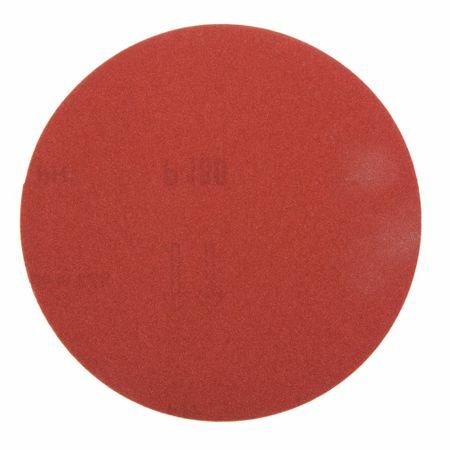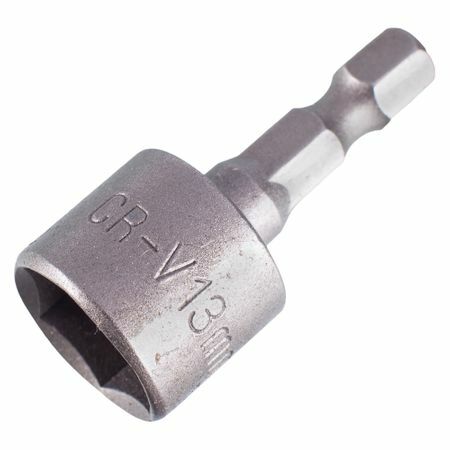If professional cameras have a lot of weight and a huge matrix, then you can not say about cameras for beginners. Their main difference lies in simplified shooting. Their automatic part must work perfectly, independently adjusting to the specific conditions of shooting and the owner's need. And even such devices are required to have sane dimensions and weight, so that a person does not want to sell his camera after the first holiday. And if you can learn about weight, dimensions and some other parameters after reading the specifications of a particular device, then you can not tell about the quality of shooting under different conditions. Here you need to focus on user feedback. Or on our rating, where these reviews are already taken into account.

Content:
- Camera for beginners which firm to buy
- Best compact cameras for beginners
- Best system for the beginner
- Best SLR camera for beginners
- Which camera for beginners to choose
For a beginner's camera which firm to buy
Even in the 80'sand 90th years of the last century the market of phototechnics was not full of all kinds of brands. Kodak products were in great demand, while all the others were in the role of catch-up. Everything changed only with the onset of the digital era, which the leader did not have time to feel.
First time the number of camera manufacturers has only increased. The end of this laid the flowering of smartphones. Now compact and system cameras have ceased to be in demand, in connection with which the growth of incomes of their producers has ceased. Moreover, many were faced with losses, which forced them to leave this market. Now, who wants to buy an inexpensive digital camera to choose only among the following brands( listed in alphabetical order):
1. Canon;
2. Fujifilm;
3. Nikon;
4. Olympus;
5. Panasonic;
6. Rekam;
7. Sony.
Best Compact Cameras for Beginners
Olympus Tough TG-860

If you are afraid of accidentally dropping the camera, breaking it, then pay attention to the Olympus Tough TG-860.This is a camera with a protected case. No dust or water will reach his innards. The device can work also in the frost, which is especially important for our country.
The camera has at its disposal an optical unit, which includes aspherical lenses. For the sake of underwater photography, the creators had to stop at a fivefold optical zoom. If you are going to take very remote objects on vacation, then this camera is definitely not for you. As for the other characteristics, they do not cause any feelings of pity. There is a good CMOS-matrix, and a powerful processor facilitates high-speed serial shooting. Cropping is proposed using a three-inch screen, consisting of 460 thousand pixels. Advantages:
- High enough resolution( 16 Mp);
- Protection against dust and water;
- The lens consists of aspherical lenses;
- There is an optical stabilizer;
- In the serial mode it produces 7 frames / s;
- Macro photography is possible;
- Video shoots with a very high frequency;
- There is a GPS module.
Disadvantages:
- The fastest shutter speed is only 1/2000 s;
- Five-time zoom does not suit everyone;
- Price tag is not small;
- It can not be called very easy( 224 g).
Canon PowerShot SX210 IS

Compact for those who do not seem to have an optical zoom in empty words. The device allows you to magnify the picture 14 times. But in return, it is deprived of protection from impacts, water and dust, so use it carefully. Also, not the most powerful processor is installed here, because of this the frequency at video shooting is limited to 30 frames / s - the picture turns out not so smooth as it would be desirable.
But much more important is the quality of the images produced by this camera. And if it is not ideal, it is very good. The picture is bright, even if you use the optical zoom. Everything is in order and with its resolution of 14.1 megapixels. But with clarity there are some problems, which led to the use of an old CCD-matrix. It does not even save the lens, which included low-dispersion and aspherical lenses. However, many buyers do not pay attention to this. They only had the machine to cope with their task, and everything else does not cause any questions at all.
Advantages:
- Presence of 14-fold optical zoom;
- Well-functioning automation;
- Not the lowest resolution;
- Optical stabilizer is not forgotten;
- There is HDMI-output;
- An orientation sensor is available.
Disadvantages:
- The number of optical elements is quite high;
- The matrix of the obsolete type is applied;
- Virtually no manual configuration;
- The simplest LCD screen;
- Some customers seem heavy( 215 g).
Sony Cyber-shot DSC-WX300

Japanese company Sony has long ago learned to introduce a large optical zoom into very compact devices. A good confirmation of this is the Cyber-shot DSC-WX300.This camera has a 20x zoom. And this is not the limit for such thin cameras, just bigger values are found in very expensive models, the purchase of which does not make sense to consider a newcomer.
Among other advantages of the camera should be allocated CMOS-matrix, whose resolution is equal to 18.2 megapixels. It is very high quality, as indicated by at least a wide range of ISO.To please the owner should and optical image stabilizer. Fans of the reportage style of shooting will make use of the serial mode, in which the given instance creates 10 frames per second. But to the videofunctional you can make certain claims. No, the picture turns out qualitative, that at CMOS-sensor does not surprise. Afflicts the frequency, which does not exceed 30 frames per second. However, with this disadvantage, novice users may well resign themselves.
Advantages:
- There is support for HDR and some other useful functions;
- High-quality optics with a 20x zoom;
- Small size and weight( 166 g);
- There is an HDMI-out and a module Wi-Fi;
- Long operating time from one charge;
- Good display on the rear panel;
- Well-functioning optical stabilizer;
- High resolution CMOS matrix.
Disadvantages:
- The fastest shutter speed is only 1/1600 s;
- Low frequency when shooting video;
- The price is difficult to call low.
The best system( mirrorless) camera for beginners
Olympus Pen E-PL7

If you want to purchase a mirrorless camera, you have to fork out. In this case, it makes no sense to buy some old model. It is better to immediately buy a good device that meets all modern requirements. You should not be afraid - gradually you will certainly understand all the functions.
All buyers, without exception, note the beautiful appearance of the device. It is both fresh and looks like an old film camera. Here, the Micro 4/3 bayonet is used, for which a large number of different lenses are designed. Under the hole for optics, there is a 16.1-megapixel Live MOS matrix measuring 17.3 x 13 mm. This is a very large sensor, due to which the photos are impressive - even flagship smartphones are still very far from this quality of shooting. In this case, there is an optical stabilizer, which allows a slightly longer exposure, further improving the quality. And on the back of the Olympus Pen E-PL7 is a rotary screen, consisting of a million pixel points. You can not find fault with the rest of the characteristics, which will definitely suit not only the beginner, but also some prepared users.
Pluses:
- Support for many modern technologies, including HDR;
- Synchronization with other devices via Wi-Fi;
- Large matrix with high resolution;
- There is an optical image stabilization;
- Very powerful flash;
- Excellent mode of continuous shooting;
- The touch LCD has a rotary mechanism;
- Fast shutter speed - 1/4000 sec.
Disadvantages:
- Video removes only at a rate of 30 frames / s;
- Not everyone can afford it;
- Even without optics weighs 465 g.
Best SLR camera for beginners
Nikon D5300

Mirror cameras are now expensive. Therefore, even buying a relatively simple Nikon D5300 will seriously affect your family budget. But it's worth it, if you want to get pictures of the highest quality. You have to fork out and optics. But this is not the biggest problem, since the lenses for the Nikon F bayonet are very common - second-hand copies can be purchased for quite reasonable money.
This camera can be used for both photo and video. In the second case, the picture is recorded with Full HD resolution at a rate of 60 frames per second. This is done using a CMOS matrix with a size of 23.5 x 15.6 mm. The color depth is 42 bits, which is acceptable even for an advanced amateur photographer. There is no optical stabilizer, but now it is not difficult to find the lens it has been given. Approximately the same words can be said about the speed of shooting - 5 frames / s will seem a little professional, but not a fan. It's all right here and with a LCD display that has a high resolution and is mounted in the turntable. A nice bonus is Wi-Fi, microphone input, headphone output and HDMI - all this with the development of skills you will definitely come in handy.
Advantages:
- Long time of work;
- Supports a huge number of lenses;
- High-quality video;
- Availability of GPS and Wi-Fi modules;
- You can connect headphones and a microphone;
- Not the biggest weight for a SLR( with a battery - 530 g);
- Excellent matrix with a resolution of 24.2 megapixels;
- Rotate screen, consisting of a million pixels.
Disadvantages:
- Space by the standards of some people price tag;
- Not the fastest burst mode.
Which camera for beginners to choose
We have considered the best cameras that only a person who has not encountered such a technique can acquire before. You just need to think about the type of camera. The mirror camera will make you sweat, it can not be taken to the street all the time. But it is best to take photographs - if the CD provides the same quality, then only if it is twice or three times more expensive.
If you are ready to sacrifice clarity and some other parameters, then you can easily arrange a compact camera. Protected or not - this is your choice. The undoubted advantage of such devices is their miniature size, so that they sometimes fit even in the shirt pocket. Well and as to system cameras it is a golden mean. When you connect a thin lens to them, the dimensions usually remain quite acceptable, but the images are approximately the same as those of the "SLRs".The only minus of the system chambers is their high cost.


